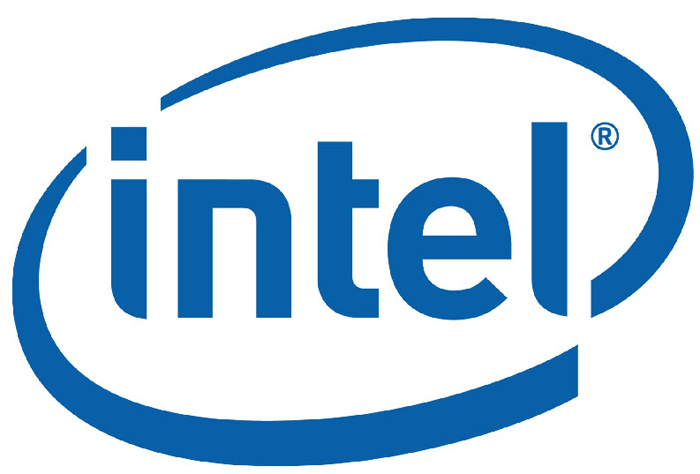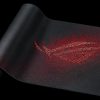Intel’s CPU generations follow a tight schedule that has been executed flawlessly until now. Moreover there’s information on what follows after each generation. So we just saw the new 14 nm Broadwell line, albeit only in mobile variants, and now it is time to talk about the successor – Intel Skylake.
Skylake will appear at the end of 2015 or sometime in 2016 and will require new motherboards as the chip will come with 1151 contacts, which means that it will need a LGA 1151 socket. Built on 14 nm just like Broadwell, the Skylake generation will integrate a dual-channeled memory controller that will support both DDR3 and DDR4 memory. This means that certainly there will be motherboard models that will come with both DDR3 and DDR4 memory slots, which will ease the upgrade path but quite naturally some models will have DDR4 memory slots only. By that time DDR4 should be getting to be mid-range memory with lower prices so you can expect Skylake to bring mainstream DDR4 support.
Furthermore the new chip will be powered by new core logic known as Intel Z100 Express. The new chipset has some surprises for you – it will have support for up to 20 PCI Express 3.0 lanes and cut down support for USB ports under Windows 7. This means that if you want to use your Skylake chip, powered by the Intel Z100 chipset you will not be able to install Windows 7 by using a USB flash drive. In addition the new chipset will not support Windows 7 combined with USB mice or keyboards so if you want to use Windows 7 with Skylake you will have to look for PS/2 input devices if you can still find any on the market. The solution is simple – you will have to migrate to Windows 8 or Windows 10.
The mobile Skylake versions will bring one more interesting feature – dynamic memory overclocking. The memory frequency will vary dynamically depending on the CPU and memory loading and the technology will operate just like the dynamic CPU clocking in current notebooks. The benefits are that this will save power and increase battery life. A desktop version of the technology is not planned, though.
Source: Overclockers.ru

